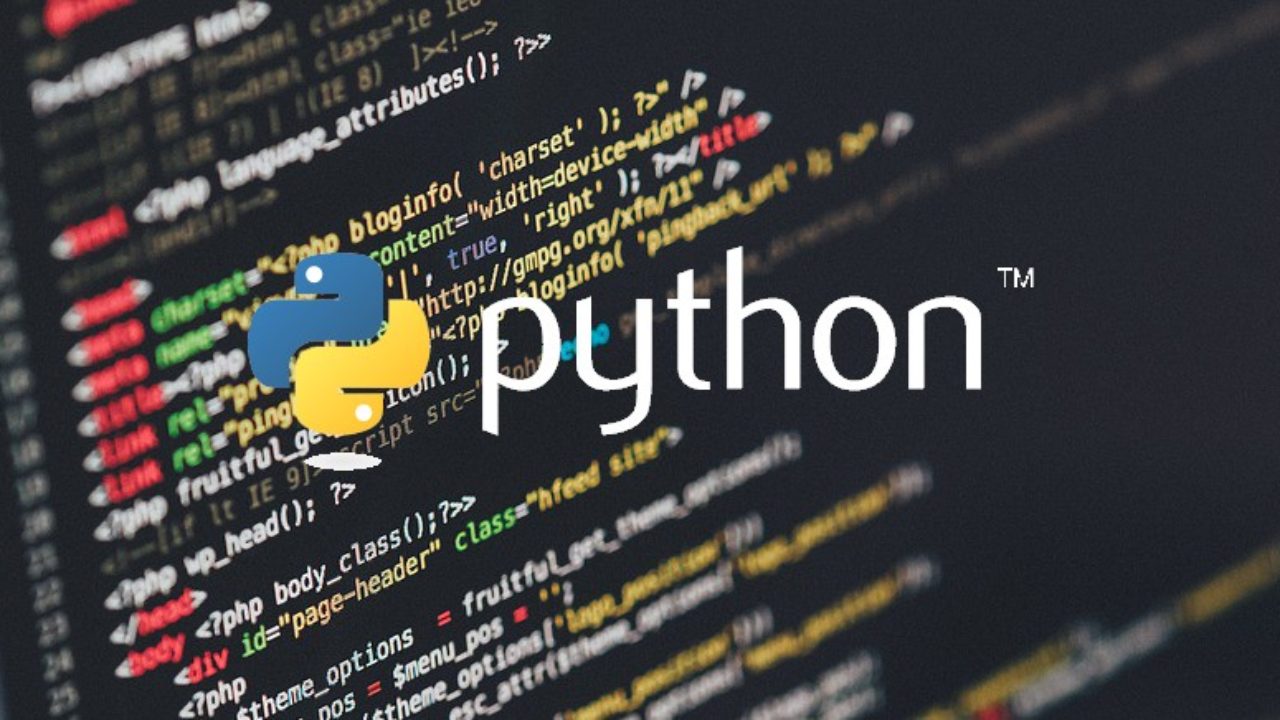Are you looking to incorporate an API with sentiment analysis functionality into your website? Now that you know which is the developers’ favorite and how to integrate it in just a few minutes, this article is for you.
To identify and comprehend client feelings, sentiment analysis technologies are crucial. Businesses that use these technologies to learn about customer experience can use it to enhance CX. Sentiment analysis tools provide information on how businesses may improve customer service and the customer experience.
Sentiment analysis is a natural language processing (NLP) tool that identifies the emotional states of human speech or text, in this case, the voice and text that clients provide. Businesses can employ sentiment analysis software based on machine learning to look for positive or negative sentiments about the brand in this speech and text. With this knowledge, businesses have the chance to react meaningfully — and with more empathy.
Once businesses are able to identify both positive and negative feelings in client expressions, it may be possible to accelerate business growth since the content is filtered based on customer demand. The business can forecast future consumer actions and behaviors by analyzing previous data on customer interactions and experiences, and then try to influence those actions and behaviors in a positive way.
But how do you use the advantages of sentimental analysis in any application? We have the answer here, good news. It’s about the spectacular and cutting-edge APIs, the developers’ go-to tool. Because they can automate all manual processes using artificial intelligence, APIs enable developers to save a significant amount of time and money. In this instance, Plaraphy is a cutting-edge API with many more features, including sentimental analysis. The best part of everything is that it supports numerous programming languages, allowing for quick and simple integration.
How Does The Plaraphy API Work?
What is an API, first of all? A set of protocols and definitions known as an API is used to integrate and develop the apps’ software. The purpose of APIs is to connect their goods and services with others without having to know how they are implemented, which aids in app development while also saving time and money. It goes without saying that this function is essential for giving customers a positive user experience because, among other things, it helps to shorten response times.
As a developer, you are aware that Python is a programming language widely used in online applications, software development, data science, and machine learning (ML). Python is used by developers because it is effective and simple to learn, and it can run on many different platforms. To your luck, Plaraphy’s fantastic API integrates with Phyton, so you won’t have to waste any more time before taking advantage of its features.
Plaraphy API
We are currently introducing the quickest text analysis API. We’re talking about a magnificent NLP API. Among the many functions, it offers are rewriting and plagiarism detection. One API can meet all of your text analysis needs. This API offers the Sentiment Analysis function to improve relationships with clients. To improve your workflow, understand the feelings that a paragraph is attempting to convey.
It is the developers’ favorite, not for anything. Utilize the Plaraphy API’s various capabilities in your own website or app to automate certain processes. You can find a complete list of the languages that Plaraphy supports here.



